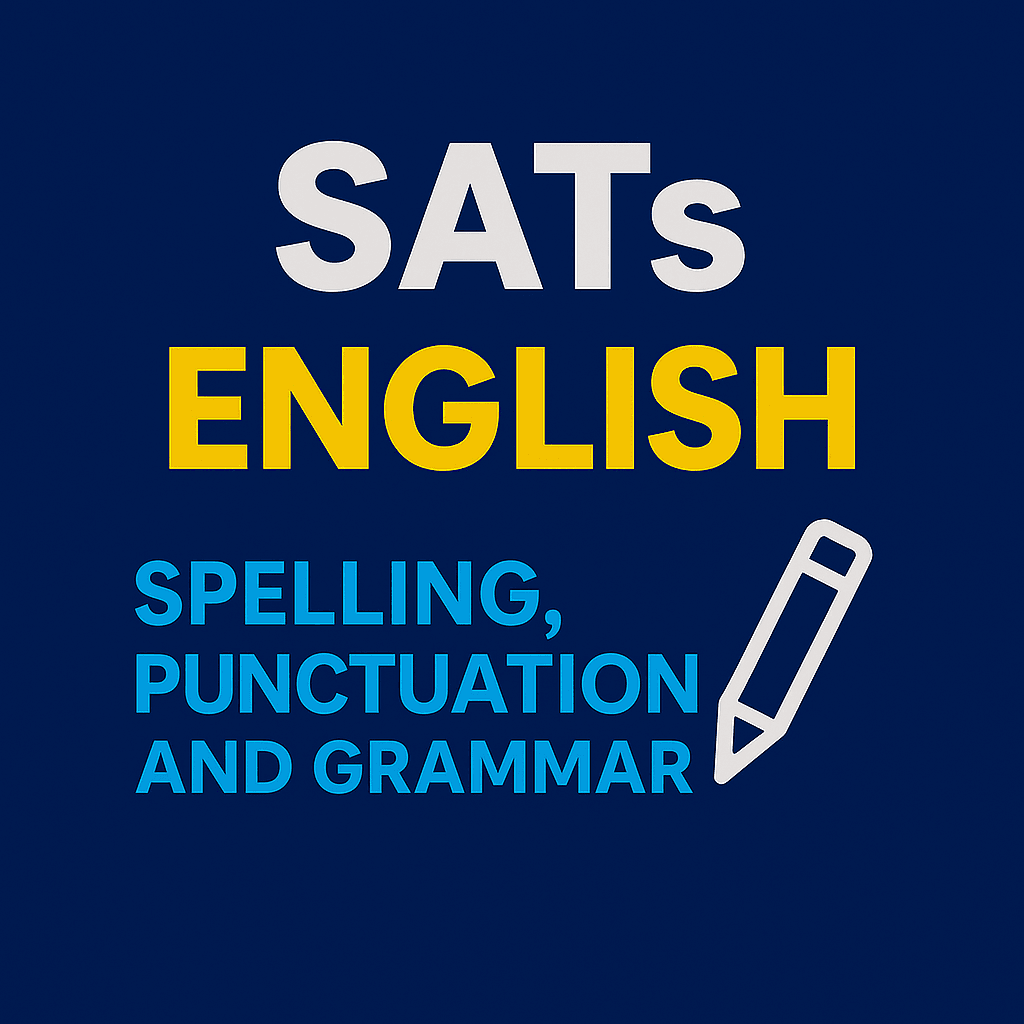Table of Contents
ToggleMastering Punctuation Rules for SAT Writing
Introduction
Punctuation plays a crucial role in the SAT Writing and Language section. Mastering commas, semicolons, and colons is key to identifying sentence errors and improving clarity. This guide simplifies SAT punctuation rules with examples, tips, and practice questions.
The Comma: Rules and Uses
Rule 1: Separate Items in a List
Use commas to separate three or more items.
Example:
- Correct: I bought pencils, erasers, and notebooks.
Rule 2: After Introductory Phrases
Use a comma after introductory words or clauses.
Example:
- Correct: After studying for hours, I took a break.
Rule 3: Around Non-Essential Information
Use commas to set off non-essential information.
Example:
- Correct: The book, which was published in 2020, is very informative.
The Semicolon: Connecting Independent Clauses
Rule: Use semicolons to join two related independent clauses without a conjunction.
Example:
- Correct: The exam was difficult; I prepared thoroughly.
SAT Tip:
- Semicolons replace conjunctions like “and” or “but.” Ensure both clauses are complete sentences.
- The Colon: Introducing Information
Rule 1: Introduce Lists
Use colons to introduce a list after a complete sentence.
Example:
- Correct: I packed three items for the trip: clothes, snacks, and a map.
Rule 2: Introduce Explanations
Colons introduce explanations or clarifications.
Example:
- Correct: The solution is simple: study consistently to improve your score.
Common Punctuation Mistakes to Avoid
- Comma Splices: Incorrectly joining two independent clauses with a comma.
- Incorrect: The test was hard, I still did well.
- Correct: The test was hard; I still did well.
- Missing Commas: Forgetting commas after introductory clauses.
- Misused Colons: Don’t use a colon unless it follows a complete sentence.
- Practice Questions
Question 1: Choose the correct sentence:
A. After school I play football.
B. After school, I play football.
Answer: B. The comma is needed after the introductory phrase “After school.”
Question 2: Which sentence uses a semicolon correctly?
A. I like science; but I struggle with math.
B. I like science; I struggle with math.
Answer: B. The semicolon joins two independent clauses without “but.”
Summary
Mastering punctuation—commas, semicolons, and colons—is essential for SAT Writing success. Practice these rules, identify common errors, and approach questions with confidence.


